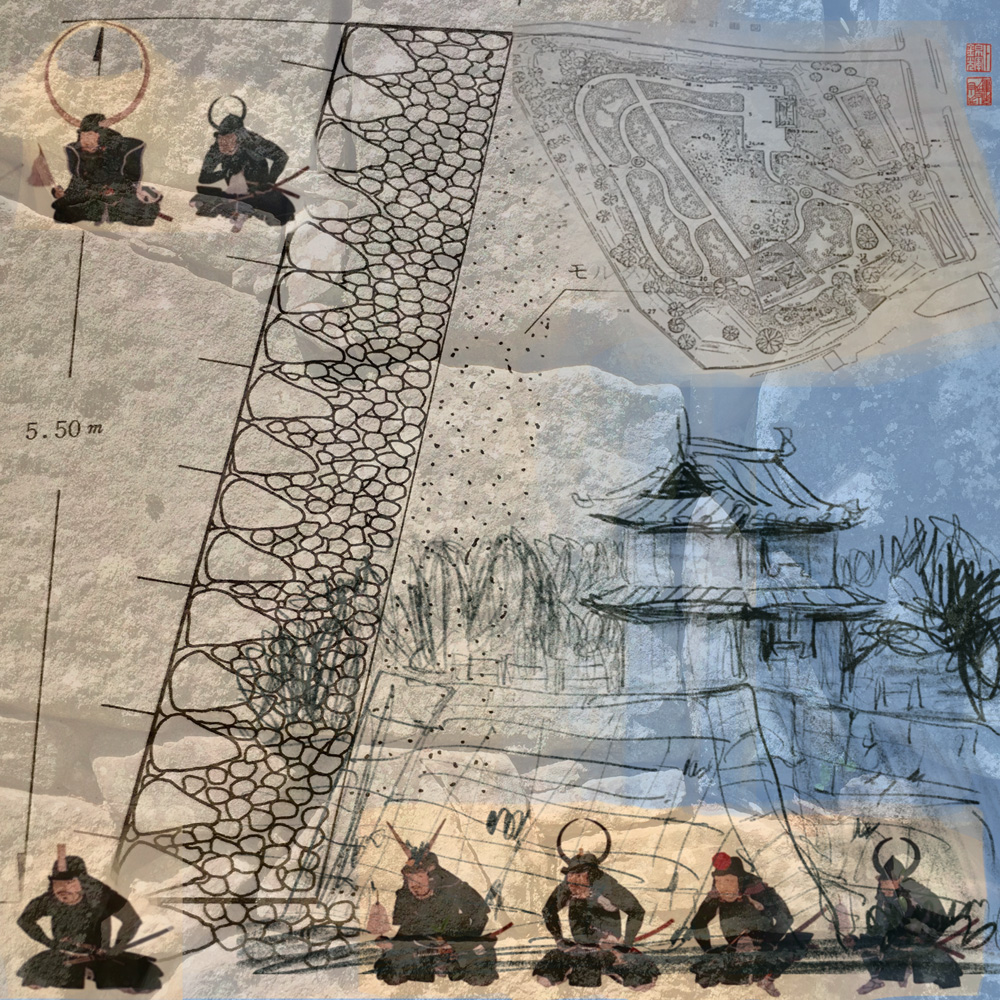
Exposing a port in each instance to the public internet would give administrators the access they need. To understand how a bastion host works, we will look at a simple scenario in which a company’s administrators need access to Linux instances connected on a subnet within a virtual private cloud. Revoking the former employee’s access to the bastion cuts them off from everything else. When an employee leaves, administrators do not need to revoke access to each private network and subnet. With all external traffic channeled through the bastion, administrators can focus their security efforts on protecting a single asset.Īt the same time, user management becomes simpler. The internal network can be configured to block all internet-bound traffic and only allow SSH communications with the bastion host.

Remote administrators sign into the bastion and then sign into the subnet or resource they need to maintain.īastions simplify security administration. In this scenario, the bastion’s sole purpose is to provide SSH proxy services. Network administrators often use bastion hosts to remotely manage networked assets. At the same time, they may provide authorized users access to certain internal resources. These systems face the internet, so they need to be on the public side of a firewall or DMZ. Technically, any single-purpose server providing access control could be a bastion host. Access control becomes easier to manage while minimizing the potential attack surface. Placed outside the firewall or within a DMZ, the bastion host becomes the only ingress path to those internal resources. What is a bastion host?Ī bastion host is a dedicated server that lets authorized users access a private network from an external network such as the internet. We will also explain how bastions - especially those providing SSH proxy services - create new security risks. In this article, we will introduce the bastion host concept, why companies use it, and how bastions work. As with VPN and RDP, however, the bastion host is an old remote access technology that does not work well in today’s decentralized computing environment. Commonly used as SSH proxy servers to support system administration, bastions provide a convenient, securable path through a protected network perimeter.

The faces of the bastion are the parts exposed to being enfiladed by ricochet batteries, and also to being battered in breach.īASTION, COMPOSED, is where two sides of the interior polygon are very unequal, which makes the gorges also unequal.īASTION, CUT, is that which, instead of a point, has a re-entering angle.īASTION, DEFORMED, is when the irregularity of the lines and angles puts the bastion out of shape as, when it wants a demi-gorge, one side of the interior polygon being too short.īASTION, DEMI, is that which has only one face and one flank, cut off by the capital,-like the extremities of horn- and crown-works.īASTION, DOUBLE, is that which is raised on the plane of another bastion.īASTION, FLAT, is a bastion built in the middle of the curtain, when it is too long to be defended by the bastions at its extremes.īASTIONS, HOLLOW, are those surrounded only with a rampart and parapet, having the space within unoccupied where the ground is so low that no retrenchment can be made in the centre in the event of the rampart being taken.īASTION, REGULAR, is that which has true proportion of faces, flanks, and gorges.īASTIONS, SOLID, are those which have the void space within them filled entirely, and raised of an equal height with the rampart.Bastion hosts provide remote access to private networks from an external network. They are protected by galleries of mines, and by demi-lunes and lunettes outside the ditch, and by palisades, if the ditch is inundated. Bastions contain, sheltered by their parapets, marksmen, artillery, platform, and guards. Two bastions are connected by means of a curtain, which is screened by the angle made by the prolongation of the corresponding faces of two bastions, and flanked by the line of defense. Military Dictionary Military Dictionary and Gazetteer 💥Ī work consisting of two faces and two flanks, all the angles being salient.


 0 kommentar(er)
0 kommentar(er)
